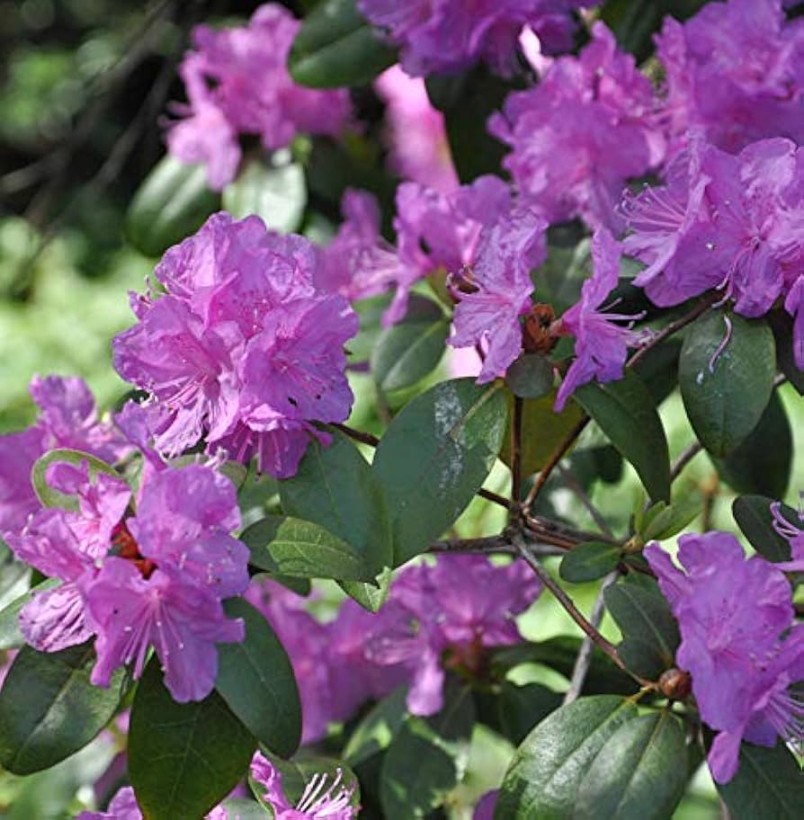Rhododendron Minus: A Compact Beauty for Your Garden
Rhododendron minus, often referred to as the Piedmont azalea, is a delightful addition to any garden, particularly those in USDA hardiness zones 5-9. This compact evergreen shrub offers a stunning display of vibrant blooms in the spring, making it a popular choice among gardeners.
Native to the southeastern United States, Rhododendron minus is a deciduous or semi-evergreen shrub that typically grows 2-4 feet tall and wide. Its glossy, dark green leaves provide a beautiful backdrop for its showy flowers, which come in a variety of colors, including pink, purple, red, and white. The flowers are often fragrant, adding to the plant’s appeal.
Rhododendron minus thrives in acidic, well-drained soil. It prefers partial shade, especially in hot, sunny climates. While it can tolerate some drought, consistent moisture is ideal, particularly during dry periods.
To encourage healthy growth and abundant blooms, it’s essential to provide adequate nutrients. A slow-release fertilizer formulated for acid-loving plants, such as azaleas and camellias, can be applied in early spring.
Pruning Rhododendron minus is generally not necessary, as it naturally forms a compact, rounded shape. However, if you need to remove dead or damaged branches, it’s best to do so after flowering. Avoid heavy pruning, as it can reduce the number of blooms in the following year.
Rhododendron minus is a versatile plant that can be used in various landscape settings. It can be planted as a single specimen, in groups, or as part of a mixed border. Its compact size makes it suitable for smaller gardens, rock gardens, or container gardening.
Rhododendron minus is relatively pest and disease-resistant. However, it can be susceptible to problems such as petal blight and lace bug. To prevent these issues, it’s important to maintain good cultural practices, including proper watering and fertilization.
Rhododendron minus is a beautiful and low-maintenance shrub that can add color and texture to your garden. With its stunning blooms, compact size, and adaptability, it’s a valuable asset for any gardener. By following the tips provided in this article, you can successfully cultivate and enjoy this delightful plant.

